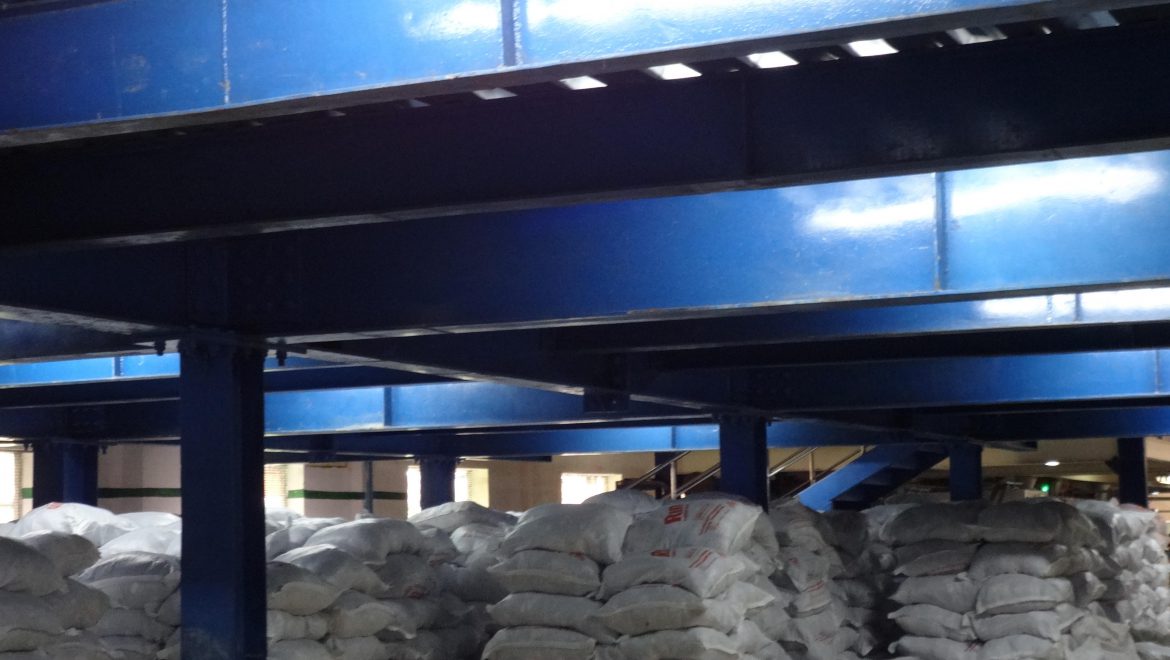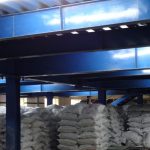Construction Honored with Unilever Bangladesh Ltd
Project Unilever Bangladesh Ltd
Project With Unilever Bangladesh Ltd
- Unilever
Unilever Bangladesh Limited has great products from their range of more than 400 brands give them a unique place in the lives of people all over the world. When consumers reach for nutritionally balanced foods or indulgent ice creams, affordable soaps that combat disease, luxurious shampoos or everyday household care products, there’s a good chance the brand they pick is one of ours. Seven out of every ten households around the world contain at least one Unilever product, and their range of world-leading, household-name brands include Lipton, Knorr, Dove, Axe, Hellmann’s and Omo. Trusted local brands designed to meet the specific needs of consumers in their home market include Blue Band, Pureit and Suave. Whatever the brand, wherever it is bought, They are working to ensure that it plays a part in helping fulfill their purpose as a business – making sustainable living commonplace.
Project Construction Work :(1)
Work Under for supply and cialisfrance24.com installation RCC floor Construction, floorMezzaFloor Construction
Project Name: Mezzanine floor construction work in ARCS FG Area
Location: Tongi, Gazipur
Project Construction Work :(2)
Supply and Installation Pre-Engineered Steel Building for Extension of Sankalp Planet
Project Name: Prefabricated steel structure Extension
Location: Kalurghat, Chittagong.
<p hidden>Planning for Construction
To achieve the client’s aspirations on cost, programme and quality, planning for construction should start at the very beginning of the design process. Such planning should consider the construction sequence, the design factors that affect buildability, and site practice in terms of typical erection plant.
A separate article on Health and Safety includes a section that identifies the design decisions that affect the erection method statement development. In the broader design and planning context, there are three planning factors that affect the buildability of the scheme. These are:
Practical erection sequence. The location of bracing systems or other means of maintaining structural equilibrium is crucial here.
The simplicity of assembly. Simply-assembled connections are the main factors here.
Logical trade sequences. This will affect how the development of the master contract programme as the Pre-tender H&S plan metamorphoses into the Construction H&S Plan.
Unilever
Choosing simply-assembled connections will affect the ability to use site welding. For a joint to be site welded in position, the members will need to be held securely in a position such that the fit-up for welding is accurate and rigid. Nearly always this will require both a temporary bolted connection and additional temporary supports. The need to provide these additional facilities often results in site welding being an expensive option.
Design factors
Four design factors to be considered that contribute to buildability are:
Repetition and standardization. There are two aspects to standardization: repetition of the same building type (e.g. the portal shed) and common/standard details for connections.
Achievable tolerances. If “tight” tolerances are specified (i.e. more restrictive than those in the National Structural Steelwork Specification – NSSS), then special controls will be needed and possibly specially-engineered details.
Frame type. Here, the primary choice is between braced frames or continuous frames
Floor systems. For multi-story frames, the choice of floor system will affect the erection sequence as it determines the stability of the part erected structure.
Unilever
[top]Site practiceThe key parameter when planning for erection is the piece-count. Figures quoted in the SCI case study on Senator House in SCI-P178 are an average 39 pieces lifted and placed per hook per shift and a peak of 60. With a single hook in use and piece weights averaging around 500 kg, this results in an erection rate of around 100 tonnes per week which releases over 1200 sq m of deck per week. This is a relatively heavy piece weight for a medium rise structure, but the area target is dependent on piece count not weight.
The number of pieces erected is dependent on the choice of the crane, and its availability for steel erection rather than other construction activity. Cranes vary in their rapidity of movement (hook travel, slewing and jibbing out), and their overall productivity can also be influenced by a wise choice of location within the site footprint. If two crane lifts are necessary the rules for their use in tandem impose a significant penalty in terms of time taken to sling, lift and place loads.
Rates of erection are also influenced by whether special rigging methods and devices can be used for slinging and release of loads.
Steel Erection
Steel erection essentially consists of four main tasks:
- Establishing that the foundations are suitable and safe for the erection to commence.
- Lifting and placing components into position, generally using cranes but sometimes by jacking. To secure components in place bolted connections will be made, but will not yet be fully tightened. Bracings may similarly not be fully secured.
- Aligning the structure, principally by checking that column bases are lined and level and columns are plumb. Packing in beam-to-column connections may need to be changed to allow column plumb to be adjusted.
- Bolting-up which means completing all the bolted connections to secure and impart rigidity to the frame.
Erection techniques
Cranes and MEWPs (Mobile Elevating Work Platforms) are predominantly used for the erection of structural steelwork for buildings and bridges in the UK, although other techniques are sometimes used for steel bridge construction. Generally, cranes may be divided into two broad categories, mobile and non-mobile. The first category includes truck mounted cranes, crawler cranes and all-terrain cranes, whilst the second category primarily covers tower cranes.
MEWPs are used to access the steelwork during erection, i.e. to bolt-up the pieces being lifted in by the crane. However, the MEWPs themselves can be used both on the ground or on the partly erected steelwork to erect lighter steel elements directly provided special measures are taken to support the MEWP (e.g. steel sections to act as rails supported on the partly erected steel). Also, the steelwork will need to be checked that it can support the weight of the MEWP.
Mobile cranes
Normally, truck mounted cranes do not require a backup crane for site assembly, and require very little set-up time. These two attributes mean that they are suitable for a one-off, single day commissions. Their main drawback is that to achieve a high lifting capacity from a light vehicle, a larger footprint is required than for an equivalent crawler crane. The size of the footprint can be increased using outriggers, but good ground conditions are necessary to provide a solid base and ensure adequate stability.
Crawler cranes are more rugged than truck mounted cranes. Ground conditions are therefore less critical. Crawler cranes may travel with suspended loads on site because they are stable without the use of outriggers. They also have a relatively high lifting capacity. Daily hire is not possible for crawler cranes, because transportation to and from the site is expensive, and they require site assembly. They are however more competitive than truck mounted cranes for long periods on site in a relatively fixed location.
All-terrain cranes provide a compromise between the advantages and disadvantages of crawler cranes and truck mounted cranes. They are about 20% more expensive to hire than the latter.
Typical mobile cranes, be they crawlers, truck mounted cranes, or all-terrain, have a rated capacity of around 30 t to 50 t. The largest examples are rated at over l000 t. However, actual lifting capacity is a function of radius and may be much less than the rated capacity for a given situation. ‘Heavy-lift’ rigs can be used to increase the capacity of large cranes for one-off applications.
</p>








